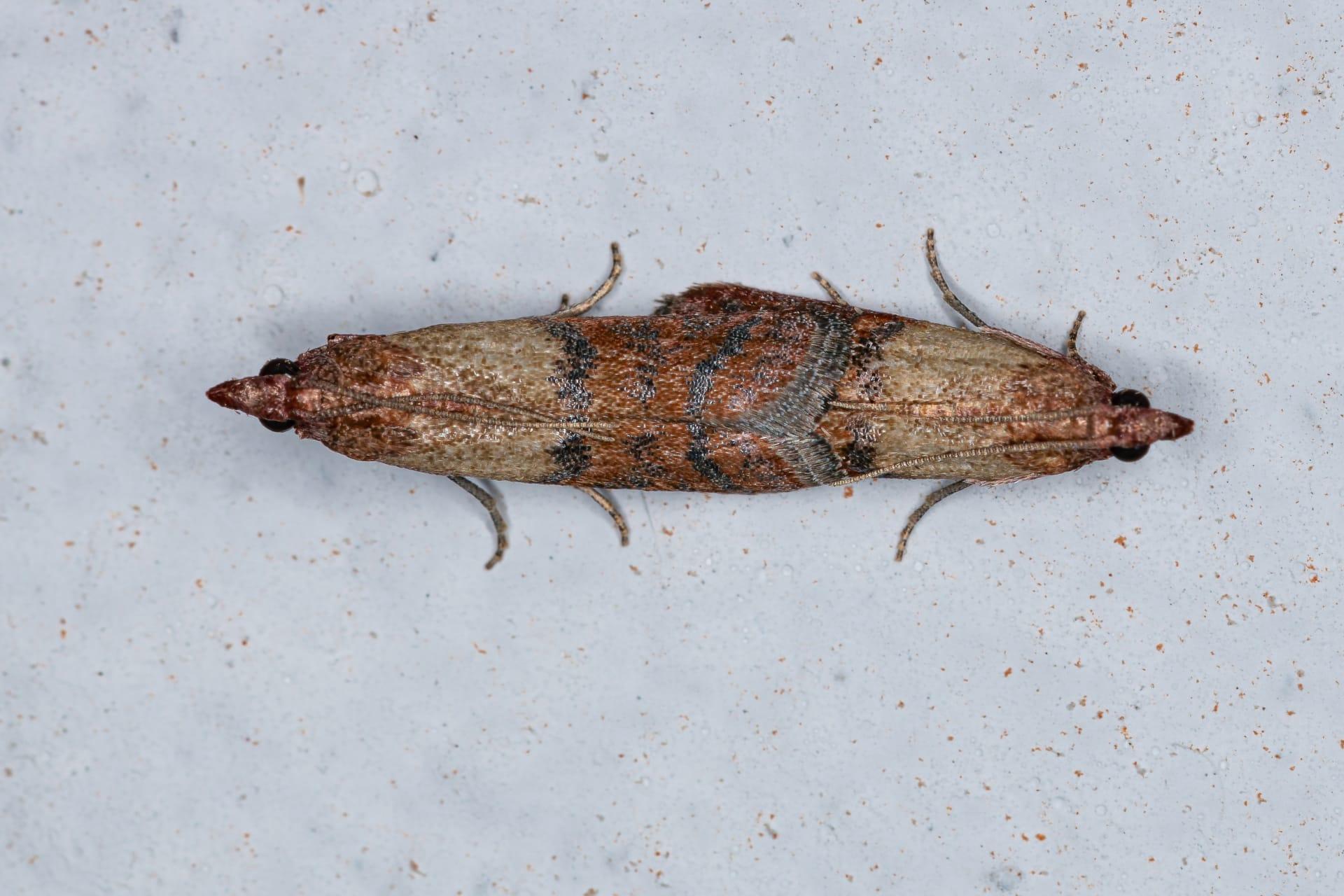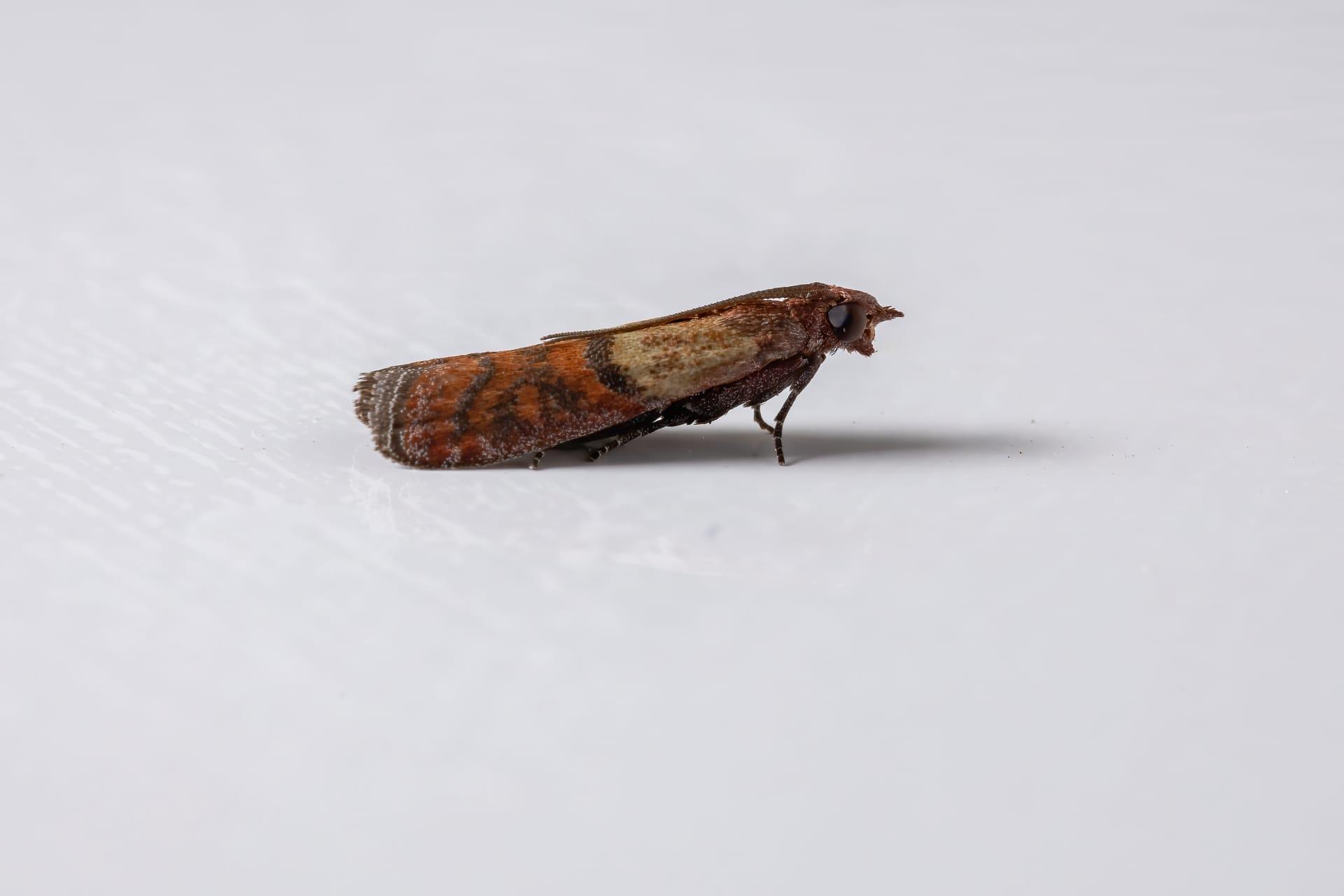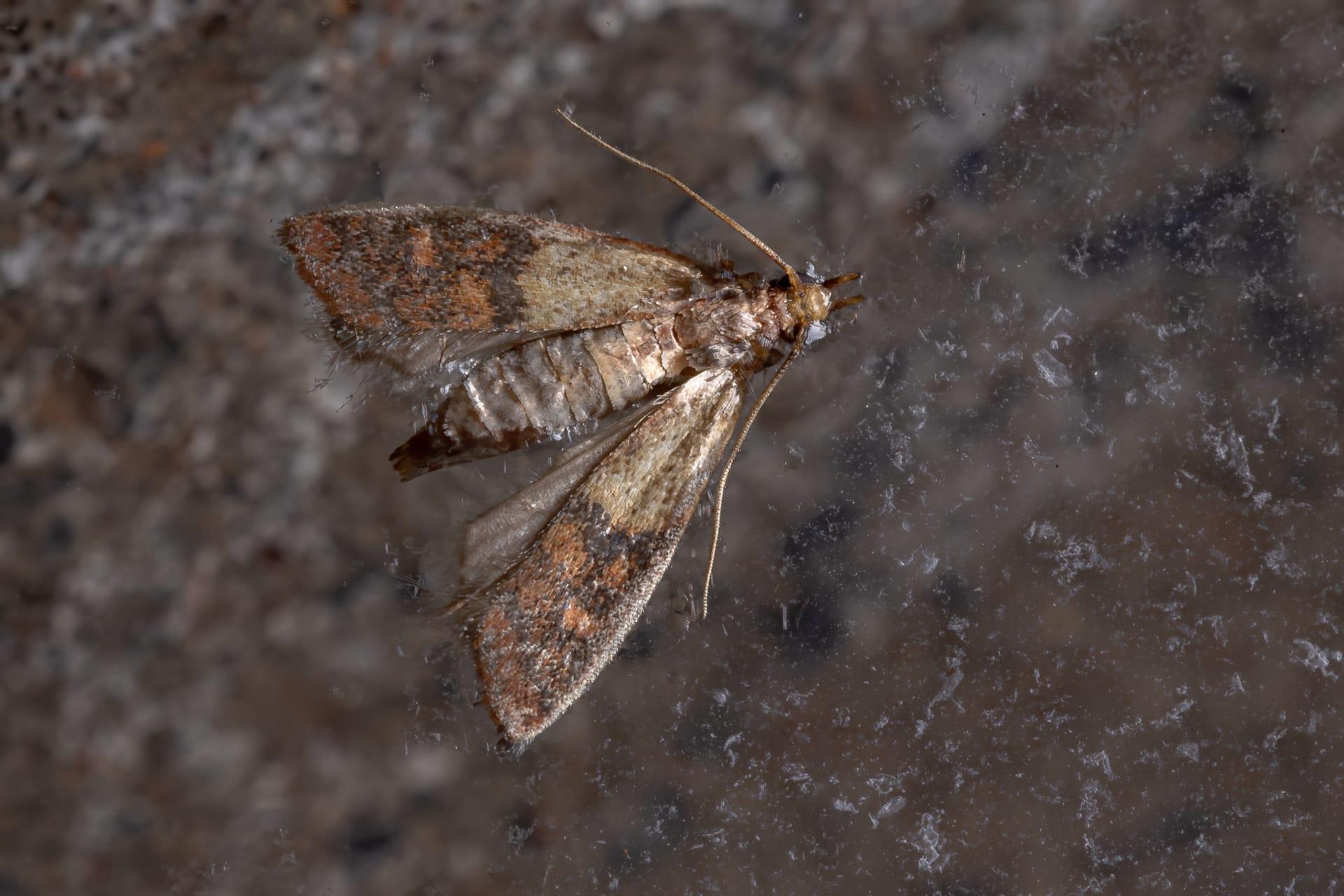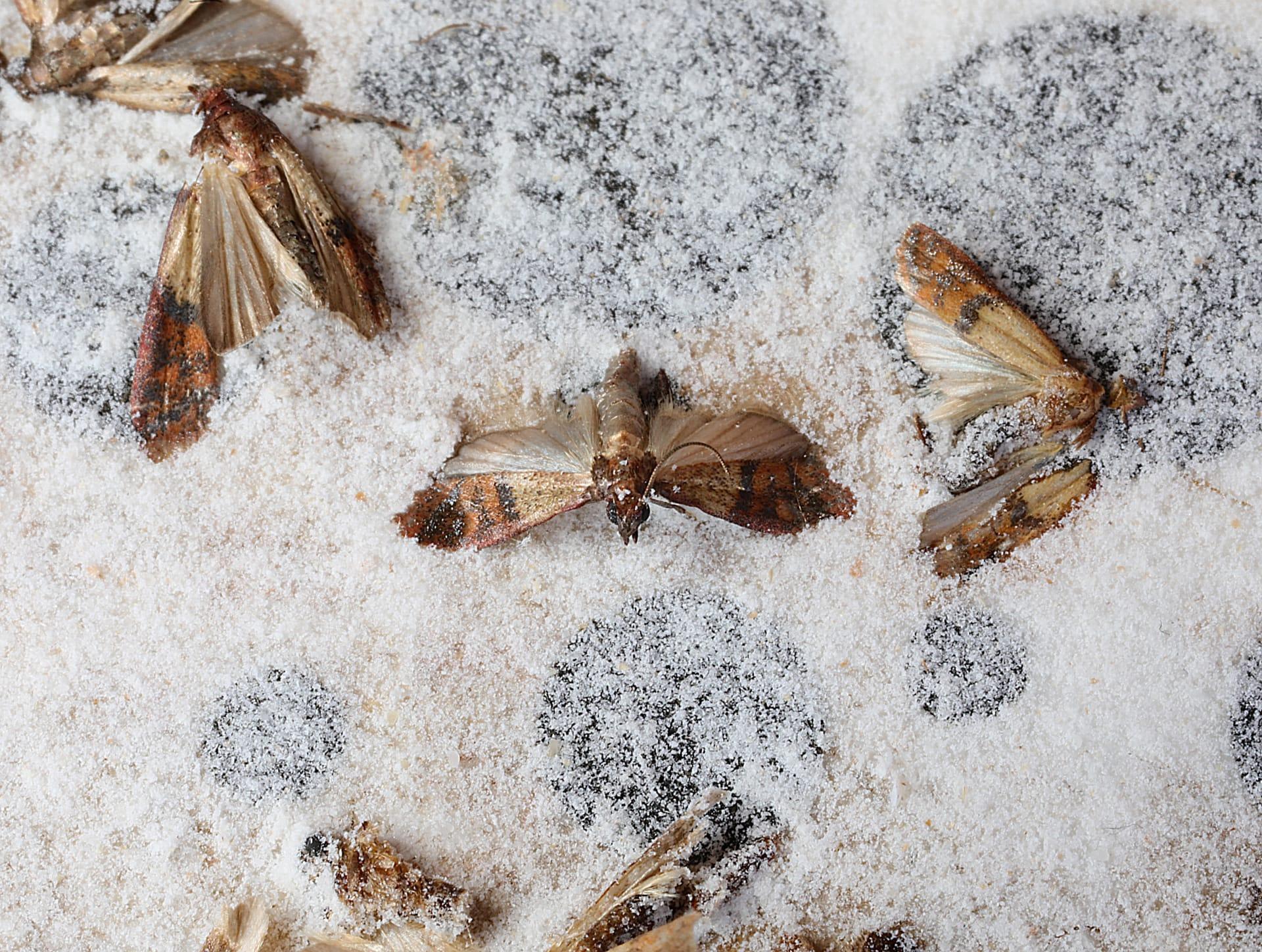1
Did you know that the Indianmeal Moth, scientifically known as Plodia interpunctella, is a world traveler? Originally found in tropical regions, this moth has spread globally, thanks to international trade. It's especially notorious for infiltrating dry goods like cereals, nuts, and dried fruits. One of the reasons for its successful spread is its ability to thrive in various climates, from the warmth of a kitchen pantry to cooler storage facilities.
The Indianmeal Moth has a unique way of signaling its presence. The larvae spin silken threads in infested food, creating a web-like structure. This not only indicates an infestation but also makes it difficult to remove them from food. Adult moths, on the other hand, are poor fliers and are more often seen walking or fluttering about. This behavior is a tell-tale sign of their presence in your pantry.

2
Have you ever wondered about the Indianmeal Moth's diet? It's surprisingly varied for such a small creature. While they prefer grains and cereals, they aren't picky eaters. These moths have been known to munch on a wide range of dried foods, including chocolates, nuts, and even spices. Their larvae are the primary culprits, causing the most damage by eating and contaminating food products.
Interestingly, the Indianmeal Moth's life cycle is quite adaptable. Depending on the temperature and food availability, its entire lifecycle can range from a mere 30 days in ideal conditions to a prolonged 300 days in less favorable environments. The larvae stage, in particular, can last from 2 to 41 weeks, making infestations a long-term problem if not addressed quickly.

3
Speaking of colors, the Indianmeal Moth's wings are like a tiny canvas of nature's art. The front half of their wings is a greyish-brown, while the rear half boasts a stunning coppery hue. This coloration isn't just for show; it helps them blend into their surroundings, making it harder for predators to spot them. The moth's small size, with a wingspan of about 16 to 20 millimeters, adds to its stealth.
These moths are nocturnal, meaning they're most active at night. This is when they lay their eggs, preferring to do so in crevices and cracks near food sources. Each female moth can lay up to 400 eggs, ensuring a rapid growth in population if left unchecked. This prolific breeding makes them a significant pest in food storage and processing facilities.

4
Did you know that the Indianmeal Moth is often mistaken for other species? Many confuse it with the Clothes Moth due to its similar size and appearance. However, while Clothes Moths target fabrics, Indianmeal Moths are all about the food. This confusion can lead to ineffective pest control methods, as the treatments for each are quite different.
Another interesting fact is that the Indianmeal Moth has a distinct way of resting. When at rest, their wings are held tightly over their bodies, almost like a roof. This unique posture, along with their wing pattern, is often used by entomologists to distinguish them from other moths.

5
Temperature plays a crucial role in the Indianmeal Moth's development. They thrive best in warm conditions, typically between 77 to 86 degrees Fahrenheit (25 to 30 degrees Celsius). In these ideal temperatures, their development from egg to adult can be remarkably fast, contributing to their reputation as a persistent pest in warm regions.
Indianmeal Moths have a unique way of coping with less-than-ideal environments. When food sources are scarce or conditions are not favorable, their larvae can enter a state of diapause, a type of dormancy. This allows them to survive for extended periods without food, waiting for conditions to improve. It's a nifty survival trick that makes controlling their populations a challenging task.